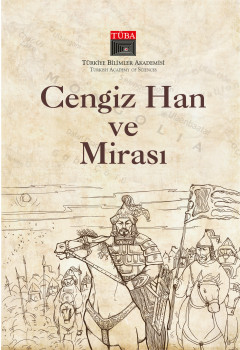Perception of Genghis Khan And His Successors in The Historiography of Türkiye and The Turkic World

Perception of Genghis Khan And His Successors in The Historiography of Türkiye and The Turkic World
The great steppe belt, stretching from Lake Baikal in Southern Siberia to the Himalayan mountains, from Manchuria to Eastern Europe and the Balkans, connects Europe and Asia transversely. The Turkic and Mongolian peoples, the inhabitants of this continuous wide belt defined as central Eurasia, established the largest empires in the ancient and medieval world history with their great military movements and migrations. Among these empires, the founding of the Genghis Empire is a unique event of its kind in world history. The countries of the vast Eurasian region, from the Far East to Central Asia and Eastern Europe, were united for the first time in their history under the rule of the same dynasty. After the XIII. century, the axis of world history was based on the relations and struggles of the four great branches that formed the empire for more than three centuries – the Yuan / Kublai, Ilkhanli, Golden Horde and Chagatai khanates - among themselves and with other states. Emir Timur, who entered the struggle for the revival of the empire in the field of the Chagatai Khanate, opened the door of a new era connecting this process to modern history. There is a need to consider how the perception of Genghis and his successors is reflected on the historiography and historical consciousness in identity construction in Türkiye and the Turkic world.
